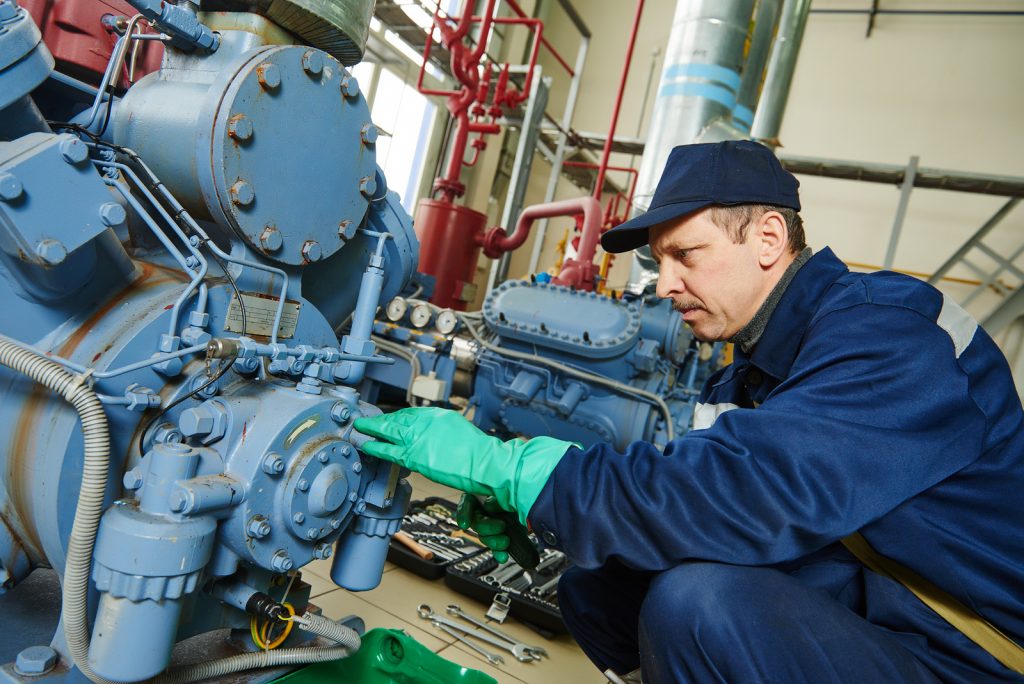
Preventive Maintenance: Unpacking the Cost Equation
The preventive maintenance methodology has become industry standard. An estimated 80% of asset and facilities stakeholders now leverage preventive workflows, while approximately half take advantage of predictive maintenance tools meant to further enhance such forward-thinking processes, per research from Advanced Technology Services and Plant Engineering. Why are so many businesses embracing this approach? The return on investment can be immense. Some see maintenance savings of between 12% and 18% percent, on top of the revenue-generating performance improvements that naturally unfold as a consequence of machine uptime increases, according to Transcendent. Companies on the outside looking in on the emergence and solidification of the PM model typically view these developments with considerable envy and race to keep up with the competition. However, firms attempting to play catch-up at hyperspeed often encounter roadblocks — most notably, the perceived cost of implementation.
Redesigning existing maintenance workflows is neither easy nor expense-free. These essential backend processes support production activities that directly affect the bottom line, and changing them, even incrementally, might seem risky, especially for organizations with thinner margins. However, the long-term costs that come with hanging on to reactive maintenance methodologies could very well outweigh the expenses incurred as a product of PM implementation and the shop floor disruption that could accompany such a move. Organizations looking to embark on this transition would be wise to unpack the entire cost equation and determine the potential ROI.
Understanding PM implementation costs
The Preventive Maintenance (PM) concept is easy to understand — focus on equipment upkeep and optimization, and address small mechanical deficiencies before they devolve into bigger problems bound to cause downtime. The idea is far more complicated in practice, however. To actually achieve PM implementation, maintenance stakeholders must navigate a multistage process that begins with program design. This initial phase normally involves establishing an overarching PM objective. Some organizations move forward with PM implementation with the sole purpose of saving money, while others want to ensure optimal shop floor performance. Choosing an end goal establishes the foundation for effective program development. Here, maintenance experts — ideally those intimately familiar with OEM requirements, Plant Engineering reported — design granular equipment management processes, including rotating and reciprocating mechanical component lubrication.
Once maintenance personnel have developed an effective PM plan, they can move forward with deployment. This normally entails scheduling mission-critical PM tasks through computerized maintenance management software and training the staff members who will execute these actions. To ensure long-term PM sustainability, stakeholders will create and release program management and communication workflows that facilitate adherence and continuous improvement. This process requires considerable effort and can come with an equally substantial price tag. According to Plant Engineering, the expense breakdown might include items like this:
- Mechanic reassignment: Businesses often find themselves reassigning top-notch mechanics to oversee PM program design. This move could disrupt maintenance operations and potentially have a material impact on production, should serious equipment issues arise.
- Ancillary component installation: PM implementation sometimes requires the purchase of smaller mechanical components or accessories — infrared scanning guns for equipment heat checks and automated lubrication for scheduled machine conditioning, for instance — that are key to PM success.
- CMMS implementation: For firms without CMMS technology, installing one of these platforms is almost essential. Pricing for CMMS software varies. Pared-down versions might cost as little as $40 per user per month, while more robust platforms featuring customized features could require larger investments, TechRadar reported.
- Vendor onboarding: PM tasks such as equipment lubrication management can become overwhelming for internal maintenance teams, which is why some organizations end up outsourcing these processes to external vendors. This improves efficiency and saves time but costs money.
These are a handful of the most common expenses organizations navigating PM implementation encounter. However, the costs sometimes do not stop here — under-the-radar expenses can materialize post launch, per researchers from Oniqua Enterprise Analytics. These extra amounts actually come from over-maintenance. This occurs when maintenance teams become overly focused on equipment optimization and establish work intervals that are far too short, meaning staff members execute upkeep activities so often that both time and resources go to waste. A surprisingly large number of firms make this mistake, according to analysts for Oniqua, who found that 80% of PM tasks unfold over a period of 30 days or fewer and that 30% to 40% of these duties are applied to equipment that has little to no impact on uptime.
Assessing PM implementation ROI
While the aforementioned costs can certainly make PM implementation seem overwhelming, the operational returns that come with embracing this approach typically make these initial expenses easier to swallow. For example, researchers for ReliaSoft estimated that organizations with reactive maintenance operations in place pay around $8 per replacement part, while those with PM strategies spend just $2 per new equipment component. Additionally, PM programs often catalyze shop floor improvements that could only be achieved through purchasing new machinery. An operation that implements such an initiative might pay $100,000 per year to maintain PM workflows that increase capacity by 25% — a gain that would require an upfront equipment investment of $500,000 and $200,000 in annual staffing and asset management work, Reliable Plant reported. Together, PM-related cost reductions and productivity boosts can generate big returns, according to Jones Lange LaSalle, which found that some adopters stood to 545% ROI.
This sort of improvement is simply too significant to pass up for most modern businesses, particularly small and medium manufacturers, many of whom are just getting by within today’s fluid marketplace. That said, pursuing PM implementation can be an immensely daunting task for all organizations, regardless of sector or size. Here at USC Consulting Group, we have been helping companies across a variety of industries navigate PM implementation for decades, leveraging proven techniques and tools that simplify change management and lay the foundation for sustainable organizational growth via continuous operational improvement.
Contact us today to learn more about our work and how we can help your business embrace the Preventive Maintenance methodology.







